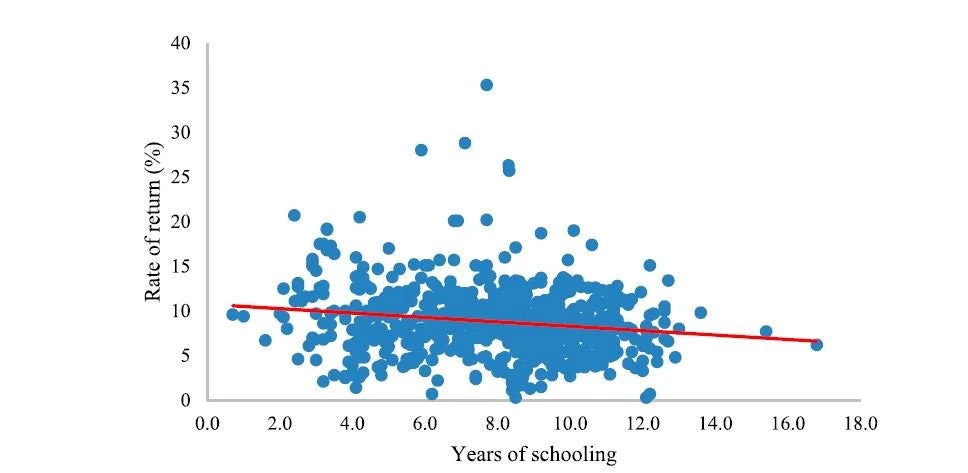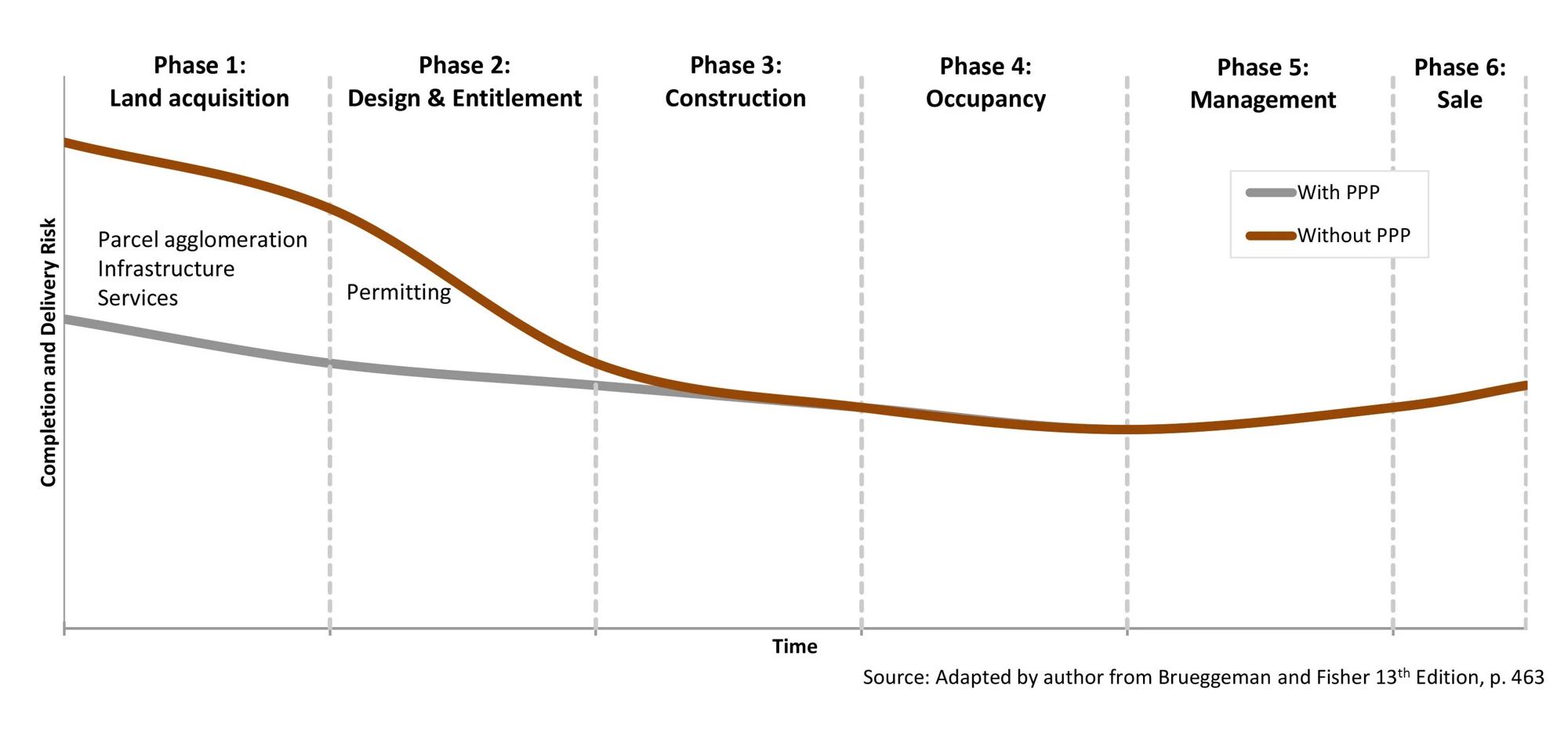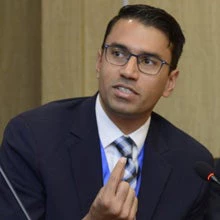 Internet use in Armenia
Internet use in Armenia
The importance of internet connectivity has rarely been clearer than it is today, as the world faces the unprecedented challenge of the COVID-19 pandemic. Social distancing measures, a worldwide switch to e-learning for children, severe limits on regular business operations, and mandatory telework for government officials have all made internet connection more critical than ever.
Digital tools are allowing us to continue many of our everyday activities virtually. But digital divides - such as those between rich and poor or urban and rural- could intensify existing inequalities and worse, limit or even impede some people’s access to services or markets during this crisis and/or the recovery period.
In these times of drastic technological change, we are sharing some findings of a recent World Bank survey on internet use in Armenia, which was carried out to learn about who is ready to embrace and adopt these technological advances. The survey was conducted in September-November 2019 and covered 2,000 urban and rural households and 400 small businesses across the country.
Most Armenians are online
The good news is that the survey revealed that most Armenian households are connected to the internet. On average, 96 percent of Armenian households have at least basic access to the internet, with barely any divide in internet use between urban and rural communities.
There is also no significant difference in the levels of internet access by income group: over 91 percent of households with a monthly income of less than AMD 100,000 (about $200) have internet access at home.
Among small businesses in Armenia, internet access is also commonplace. We found that 83 percent of small and medium enterprises (SMEs) surveyed have access to the internet.
However, we also found that a lower number of microenterprises (with fewer than 10 employees and AMD 100 million turnover) and service industry businesses are connected.
Differences appear in the quality of access
Internet speeds matter. In crisis situations, such as the one we now face, social distancing and limitations on movement mean that students and teachers need to switch to e-learning, public officials are forced to continue their work online, and businesses must shift to electronic operations, including sales and other transactions.
For these changes to be possible, networks that carry increased data traffic must be able to serve these additional needs, and households and organizations must have access to high-speed, broadband internet services.
Here is where the differences appear. For example, only 59 percent of households with a monthly income of less than AMD 100,000 have access to a fixed broadband connection (for high-speed internet), a figure that is 92 percent for households with a monthly income of over AMD 500,000.
Moreover, households with lower incomes are still using slower mobile-based internet services that will typically not be able to support video communication or easy access to certain services, such as telemedicine or online banking, which can be critical during times of crisis. Indeed, only one-tenth of households with a monthly income of less than AMD 100,000 use these services.
These divides are also visible among businesses. While 60 percent of SMEs use fixed internet technologies, only 20 percent subscribe to a connection at speeds over 30 Mbps, which is relatively low for businesses. The European targets for businesses’ internet connections are over 30 times higher, at ‘gigabit levels.’
Differences in access mean differences in access to opportunity
Faster and more affordable internet services allow more people, especially the poor and those in rural areas, to get the same access to information, markets, and services as urban dwellers and the more economically better off.
It also means that businesses can communicate with associates, suppliers, and customers more effectively and be more confident in their ability to draw on the various applications and services - for everything from payments to reservations - that are available through the many online platforms.
Limited access to the internet, due to inadequate coverage or high prices, constrains the ability of individuals and businesses to communicate and share data. It also limits the extent to which the government can connect with its citizens and provide reliable services and information. Simply put, these limitations mean unequal access to economic and social opportunities.
In a world that is digitizing even faster amidst a worldwide health crisis, such restrictions can deepen existing social and economic divides and hold entire countries back from realizing the full dividends of participation in the global digital economy.
In the next blog of this series, we will share our findings on what people and businesses do online and what are the reasons of not using the internet – how might high costs or lack of coverage limit opportunities to be connected?
The authors acknowledge the support of the EU4Digital initiative, supported by the European Commission and implemented by the World Bank, and of the Digital Development Partnership that made this research and analysis possible.







Join the Conversation